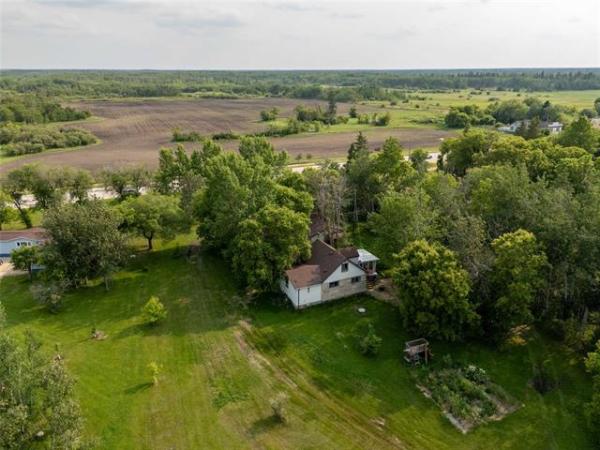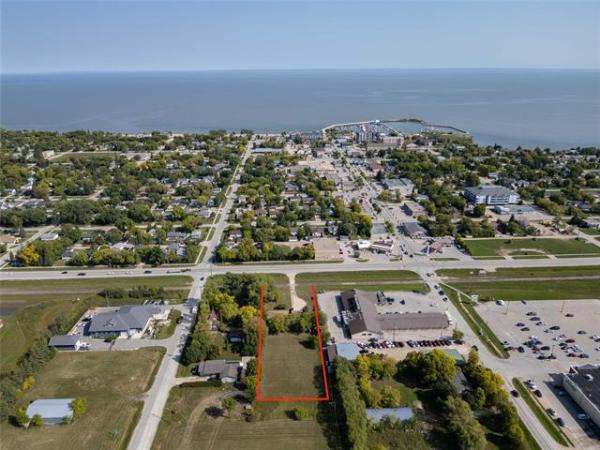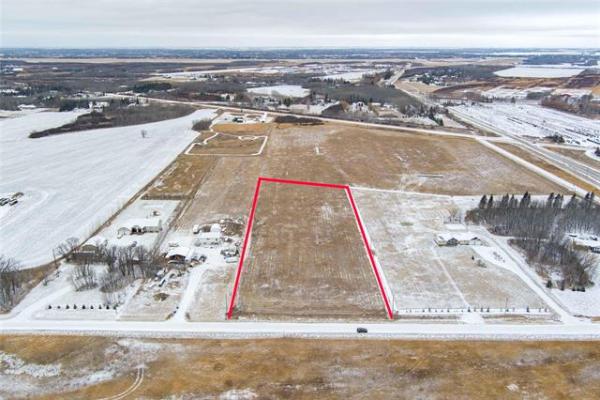Question: I have a humidifier in the furnace room with a dial switch 10-75 in my home in Edmonton. I believe this is percentage. It also has a switch from winter to summer on it, which just opens the channel inside differently. I also have a heat recovery ventilator (HRV) unit, which I have set the dehumidistat to 40. On the main screen it says the relative humidity (RH) is 30. I set it on fan one and I have played around with the 20/40 or always vent.
Do these interact with each other when one is set to high and the other is lower? Does the HRV settings affect the setting of the humidifier, and how does it affect the house? Does it also affect temperatures in my house based on what my thermostat is doing? Is the HRV set up through the vents that also provide us our heat? I'm asking this last question because we get cold air blowing from the vents often when it's still cold in my house. Is the cold air common? I find this all very confusing -- what to set things at and when, or how they all react to one another. Any advice? Thanks, Scott Gill
Answer: You have come to the right place because I always have advice for homeowners who are confused about systems, mechanical or otherwise, in their homes. This time the advice is painfully simple. Shut off or disconnect the humidifier and simply use the controls for the HRV properly as the winter weather changes.
I receive a disproportionate number of inquiries about HRV units, compared to almost any other system in the home. The lack of knowledge about these fairly simple devices does surprise me, but not just because they are generally installed in relatively new homes. I frequently observe this ignorance, which I attribute to a lack of information from builders or HVAC contractors installing these items. As with any newer system, homeowners should not just be handed a printed manual with lengthy instructions, but should have the simple controls and maintenance physically demonstrated, prior to use. A few minutes of description and operation would eliminate this lack of understanding. Also, many HRV dehumidistat controls are not functioning when tested, but that appears to be improving considerably with the mandatory installation of HRVs in new homes in our area.
An HRV is installed in a new home to provide two main functions. Firstly, the unit is designed to vent stale air from the home and replace it with fresh outside air. This ventilation function is becoming increasingly important to remove pollutants, CO2 and odours from our indoor environment as homes become more airtight. The other function of this mechanical box, normally located near the furnace, is to help regulate the relative humidity in the home. This critical function is to prevent excess moisture in the house air from causing mould, rot and other nasty things from building up inside our living spaces.
The way an HRV provides both of its key functions is by turning on at various intervals depending on how it is set. Many units have automatic settings that will provide a timed period of continuous ventilation, followed by a period of non-operation. To complicate this further, most newer units have multiple fan speeds, which can be used to control the amount of air moved in and out of the home. Also, the HRV can be manually turned on with timed switches located in bathrooms, at least in new home installations. This last function is important because bathrooms are normally the largest source of water vapour in our homes, but can also help illustrate my next point.
The misunderstanding many homeowners have about proper HRV function and purpose is partially due to a system typically installed in older, poorly sealed homes. A humidifier was often installed on the ducting near older furnaces, due to the extreme drying of the winter air in these air-leaky buildings. Because so much cold air could penetrate the building enclosures, replacing the heated air that escaped through older chimneys, walls, attics and windows, moisture control and ventilation was not very important. This allowed enough natural ventilation, not only to negate the need for an HRV, but the large amount of outside air infiltration made the indoor air too dry. To counteract this effect, humidifiers were installed that added moisture to the force air in the heating system, raising RH to comfortable levels.
To summarize these points, and oversimplify the situation in your home, you have one system installed to remove moisture from the air in the home, the HRV, and another one to add moisture to the air, the humidifier. Both of these mechanical boxes are supposed to be operated primarily during the heating season, but have directly opposing objectives. Does this make any sense? The answer should be obvious, and shutting down or removing the humidifier will be your next course of action and solve part of your dilemma. These devices are an antiquated throwback to a time when air/vapour barriers and modern thermal insulation did not exist.
The final piece of the puzzle is proper setting of the HRV controls. Yes, a properly installed HRV should engage the furnace fan when it comes on to help move the air through the furnace ducting, not just its own. This will allow cool, room-temperature air to be felt at the registers when on, but should not affect the overall heating function of the furnace. Setting the HRV dehumidistat between 25 and 35 per cent during a typical Western Canadian winter should cause it to function properly, unless the timed automatic function is set. This, combined with discontinued use of the humidifier, should yield comfortable and healthy indoor air, and help clear up any misunderstanding you have about the function of these two opposing systems.
Ari Marantz is the owner of Trained Eye Home Inspection Ltd. and the past president of the Canadian Association of Home & Property Inspectors -- Manitoba (cahpi.mb.ca). Questions can be emailed to the address below. Ari can be reached at 204-291-5358 or check out his website at trainedeye.ca.
trainedeye@iname.com



